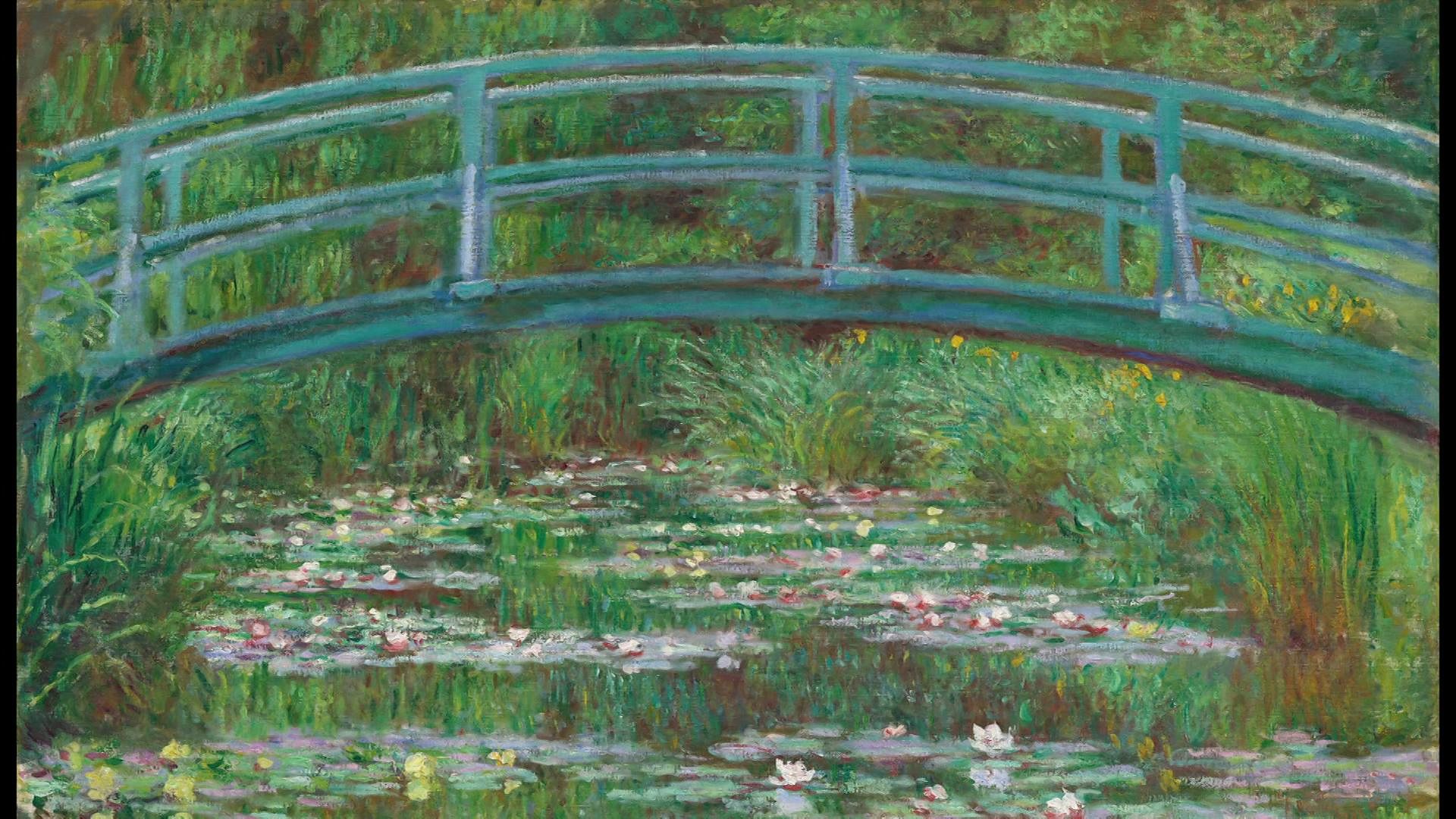
Introduction
Claude Monet, synonymous with Impressionism, revolutionized the art world with his innovative use of color and light. His masterpieces continue to captivate audiences worldwide, drawing them into a world of beauty, mystery, and emotional depth. But what lies behind the serene landscapes and vibrant water lilies? In this article, we explore the hidden world behind Claude Monet's art, unraveling the enigmatic techniques, emotional undertones, and untold stories that contribute to the mystique of his works.
The Life of Monet
Early Life and Artistic Influences
Born in Paris in 1840, Monet's early exposure to the arts came through his father, who owned a grocery store but had a passion for painting. However, his mother, a singer, encouraged his artistic pursuits. After moving to Le Havre, young Monet's interest in art blossomed, and he began studying under Jacques-François Ochard. His time spent at the Swiss Academy and under Charles Gleyre further shaped his artistic vision.
Journey to Acclaim
Monet's path to becoming an acclaimed artist was not without challenges. The Paris Salon often rejected initial works, the bastion of traditional art. However, his persistence paid off when he became one of the founding members of the Impressionist movement. The groundbreaking exhibition in 1874, which included his painting Impression, Sunrise, marked a turning point. Despite financial difficulties and personal tragedies, Monet's unwavering dedication to his craft eventually secured his place as one of the most influential artists of his time.
The Enigmatic Technique
Innovative Approach
Monet's innovative approach to art set him apart from his contemporaries. He broke away from the meticulous detail of academic painting, opting instead for loose brushwork and focusing on capturing the transient effects of light and color. His painting technique en plein air (outdoors) allowed him to observe and represent natural scenes with immediacy and revolutionary authenticity.
Impact on the Art World
Monet's technique profoundly impacted the art world, paving the way for modern art movements. His emphasis on perception and the momentary effects of light influenced artists like Vincent van Gogh and Pierre-Auguste Renoir. The bold use of color and disregard for traditional composition inspired countless future artists to explore new ways of seeing and representing the world.
The Emotional Depth
Emotional Undertones
Beneath the surface beauty of Monet's paintings lies a rich tapestry of emotional undertones. His works often reflect his personal experiences and inner turmoil. For instance, the series of photographs depicting his wife Camille on her deathbed reveals a poignant expression of grief and loss. Similarly, his later works, characterized by a looser style and darker palette, mirror his declining health and the challenges of old age.
Personal Life and Art
Monet's personal life significantly influenced his art. His move to Giverny in 1883 marked a period of stability and prolific creativity. The gardens he cultivated there inspired many of his later works, including the iconic Water Lilies series. These paintings, with their tranquil yet complex compositions, offer a glimpse into Monet's quest for peace and solace in nature.
The Hidden Stories
Untold Stories
Every stroke of Monet's brush tells a story, often hidden beneath layers of paint and centuries of interpretation. Impression, Sunrise, for example, captures the bustling port of Le Havre at dawn, symbolizing the dawn of a new artistic movement. Woman with a Parasol portrays his wife Camille and their son Jean, encapsulating a moment of familial bliss amidst Monet's tumultuous life.
Hidden Symbolism
Monet's paintings are replete with hidden symbolism. The repetition of subjects, such as the Rouen Cathedral and Haystacks, reflects his fascination with the passage of time and changing light. The Japanese bridge in his garden series symbolizes his admiration for Japanese art and its influence on his style. These subtle elements add meaning to his works, inviting viewers to look beyond the surface.
The Legacy and Ongoing Mystery
Lasting Legacy
Monet's legacy extends far beyond his lifetime. His pioneering spirit and unwavering dedication to capturing the essence of nature continue to inspire artists and art lovers alike. Museums worldwide exhibit his works, drawing millions of visitors who marvel at his mastery.
Enduring Allure
The allure of Monet's paintings endures because they transcend time and place. Each piece invites viewers into a world of beauty and tranquility while hinting at deeper emotional currents and hidden stories. The lingering mysteries surrounding his techniques and inspirations only add to the fascination, ensuring that Monet's art remains as captivating today as it was over a century ago.
Conclusion
Claude Monet's art is a treasure trove of beauty, innovation, and emotional depth. From his early struggles to his lasting legacy, Monet's journey is a testament to the power of perseverance and creativity. By exploring the hidden world behind his works, we gain a deeper appreciation for the genius that continues to captivate audiences worldwide. Whether you're a seasoned art aficionado or a curious newcomer, the mystique of Monet's paintings offers endless avenues for exploration and wonder.


0 Comments